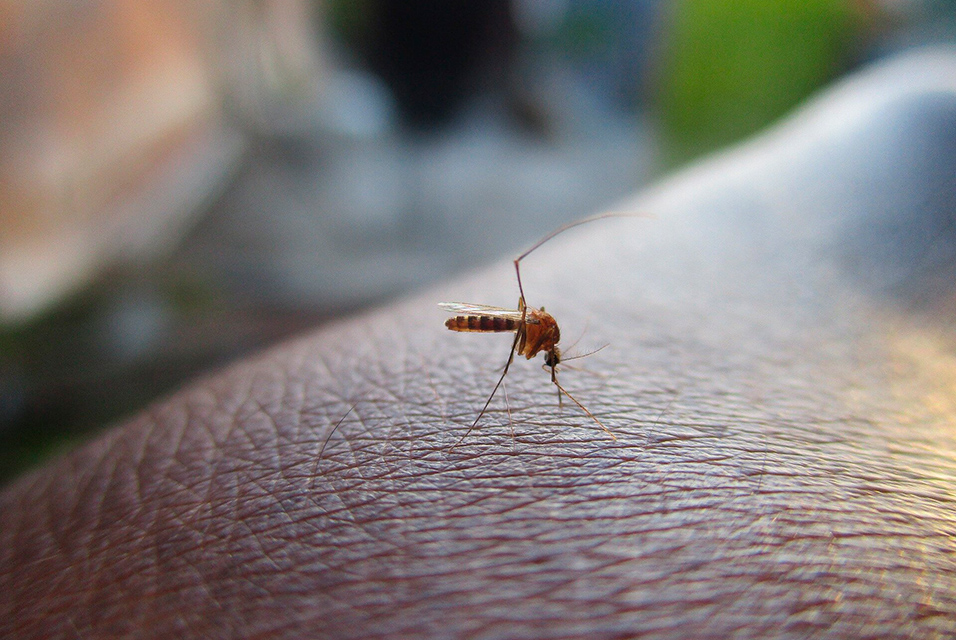SINGAPORE.- Software-analyzed high-resolution videos have revealed that dengue-infected mosquitos are more attracted to mammals and bite more often, tripling disease transmission opportunities.
Publishing in the journal Proceedings of the National Academy of Sciences (PNAS), the research team from
Duke-NUS Medical School, the French Research Institute for Sustainable Development (IRD), the University of Montpellier, France, and other collaborators say their findings could help scientists develop more effective disease control strategies, which have eluded scientists so far.
Blood-feeding behavior is a key determinant of how mosquitos spread dengue viruses, which are the most prevalent mosquito-borne viruses. Previous studies on how dengue virus infection influences mosquito blood-feeding and, consequently, virus transmission have led to inconsistent results—possibly due to methodological limitations causing biased observations of the sequence of behaviors that take place during blood-feeding.
"As very thorough analysis of feeding behavior is not feasible in fieldwork, it was important to build a lab model of mosquito feeding to inspect it closely," said Associate Professor Adam Claridge-Chang, a senior co-author of the study from Duke-NUS' Neuroscience & Behavioural Disorders Programme.
Aiming to overcome the limitations of prior studies, the research team applied a multidisciplinary approach that used high-resolution video to observe the blood-feeding behavior of dengue-infected and non-infected mosquitos. The resultant high-resolution videos were then analyzed using computer software that broke down the various elements of mosquito behavior and biting pattern into precise activities. Subsequent experimental and statistical analyses revealed that both of these changes tripled transmission efficiency.
"We found that the dengue virus increases mosquito attraction to the mammalian host and the number of mosquito bites," said Associate Professor Ashley St. John, from Duke NUS' Emerging Infectious Diseases (EID) Programme, another senior co-author of the study. "The higher attraction to the mammalian host increases the chances of the mosquito to bite, while more bites increase the number of transmission events because each bite results in the transmission of the virus."
More specifically, the researchers found that infected mosquitos are significantly less able to locate a blood vessel to feed from with the first insertion of their probe. Instead, they have to insert and re-insert the probe until they are successful. With each insertion, the infected mosquito releases virus-carrying saliva into the host's skin.
"This sheds new light on the many ways the virus hijacks its vector to be transmitted," said Dr. Julien Pompon, Scientist and Group Leader at IRD, the senior and corresponding author of the study. "The study will help advance our understanding of the epidemiology of dengue and better tailor disease control strategies."
Dengue is a mosquito-borne disease that affects more than 400 million people each year worldwide, killing around 40,000. For most people, infection causes no symptoms or mild disease such as nausea, vomiting, rash, fever and aches and pains. However, one in twenty infected people develops severe dengue, which can lead to shock, internal bleeding and death.
"This disease is endemic to Singapore and Southeast Asia, and there are regular epidemics," said Dr. Pompon, who was formerly an assistant professor with Duke-NUS' EID Programme. "There are no means to control the disease and therefore we need active research to develop new interventions."
The research team next want to understand the molecular mechanisms behind these changes to mosquito behavior. If they can identify a gene or protein responsible for the changes, scientists might be able to design chemicals to alter them.










